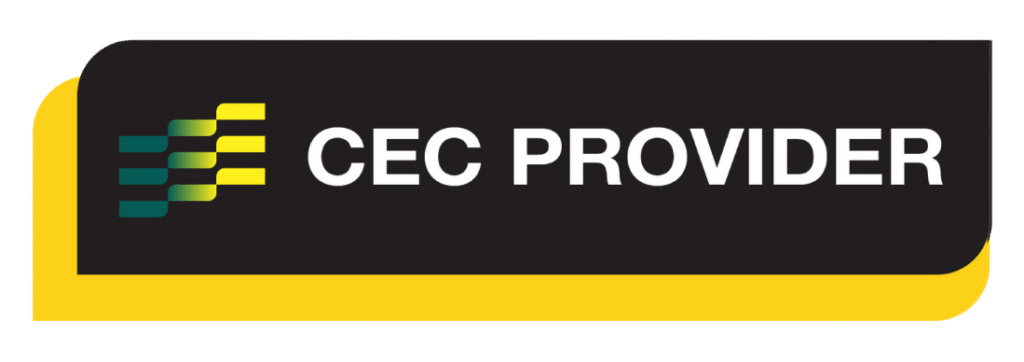Reformer Repertoire
Kneeling Arm Work:
Halo
Alternate Names
Swakatee
Derived From
Classical Reformer: Swakatee Series, Arm Chair: Swakatee Series
Primary Element
Mobility
Why for Primary?
To further develop thoracic mobility and shoulder flexion.
Secondary Element
Strength
Why for Secondary?
To develop and build strength in the shoulder flexor muscles and develop torso stabilisation throughout the movement.
Tertiary Element
N/A
Why Tertiary?
N/A
Repetitions
4-5 each side
Apparatus Setup
Suggested springs
- Number system: 0.5 spring
- Colour system: 1 x blue spring
- Resistance: light
Foam padding may be used underneath the knees to create a more comfortable position, or the exercise can be performed sitting on a Pilates box, or with the legs crossed or extended if kneeling is contraindicated or creates pain.
Plane of Motion
Sagittal
Targeted Muscles
The shoulder flexors, in particular Anterior and Middle Deltoids working against gravity and the spring resistance to reach the arms up, as well as the elbow extensors or triceps to create the reach forward and eccentrically to control the movement of the arms back to the start position.
Shoulder flexors
- Anterior and Middle Deltoids
- Pectoralis Major
- Biceps Brachii
To create pelvis stability the targeted muscles are the deep abdominal muscles transversus abdominis.
Warnings
This exercise may be unsuitable for clients where kneeling is contraindicated or creates pain. It can be done sitting on a Pilates box, or sitting with the legs crossed or extended.
The exercise may be difficult for clients who present with tight chests or pectoralis muscles, or limited range of motion through the shoulders. Pectoralis release work or stretches may be beneficial before this exercise to assist with activation and range of motion. A short or tight Pectoralis Minor muscle may restrict shoulder flexion by limiting scapula movement and rotation.
Execution
Kneel on the Reformer upright facing sideways on the carriage, shoulders stacked over the pelvis, head rest side hand holding the short loops or ropes with both elbows softly bent and the hands interlaced in front of the sternum creating a circle shape.
Exhale to lift the arms upward, maintaining stability through the shoulders and pelvis, inhale to return to the starting position with control.
Observations
Do a body scan of the client taking note of the following points
- Head and Neck
- Is the back of the neck long and crease free? A slight retraction of the neck with the chin tucked can help avoid straining the neck forward and up
- Pelvis
- Are the hip bones even horizontally or is the client leaning to one side?
- Is the client about to keep a posterior tilt throughout with engagement of the abdominals? Look for the rib cage popping forward, ideally it is kept down and in with the pelvis tucked to avoid arching in the lumbar spine
- Can the client avoid leaning towards the head rest, but keep tall and engaged through the torso?
- Arms
- Are the shoulders lifted up and back before the movement begins?
- Can the client maintain the round shape of the arms throughout the movement? If not, the spring may be too heavy
- Can the client control the return phase of the arms without swinging towards the head rest? The movement should finish with the hands back in front of the sternum
- Legs
- Is the client comfortable kneeling? If not move to a seated position
Learning Style Technique Cues
Auditory – word associations that connect mind and body
- Aim to keep the range of motion only to where the ribcage can no longer stay down, avoiding flaring the low ribs up and disengaging the abdominals
- Bias the pelvis towards a slight posterior tilt in order that you can avoid extending or arching the lumbar spine
- Say the client’s name when you’re about to interact with them
Visual
- Imagine holding a magic circle and keep the arms still throughout the movement
- You may demonstrate a part of the movement as a visual representation for the client to see
Kinaesthetic
- Feel the shoulder blades or scapula move downwards as the arms lift up
Modifications and Variations
Regress the exercise by
- Reducing the spring setting to one yellow spring on the high hook, then further regressing to one yellow spring on the low hook if required
- Reducing the repetitions and/or pace
- Working on the movement but with 0.5kg hand weights or no weights to create the pattern before adding load
- Using a Magic Circle to hold with the arms wrapping around it (one pad to the sternum, the other held with the hands) to keep the round shape of the arms as well as the height of the arms
- Working on Kneeling Arm Work: Oblique Twist
- Working on Forward Facing Arm Work: Salute
Progress the exercise by
- Increasing the repetitions and/or pace
- Increasing the spring setting to one blue spring on the high hook or one red spring
Series and Transitions
This exercise is part of the Kneeling Arm Work series which includes a range of other exercises in the progressive repertoire. The Kneeling Arm Work series can also be found in the Mat Work using a Theraband or resistance band or hand weight, and the Cadillac repertoire.
The traditional order of the Kneeling Arm work series (or Swatakee) is
- Swatakee 1 (or what we know as Kneeling Arm Work: Draw a Sword)
- Swatakee 2 (where the inside arm holds the strap and reaches to the ceiling or ‘shaves the ear’
- Swatakee 3 (where the outside arm reaches overhead into a tricep press, which then leads into a circle motion)
- Swatakee 4 (where both arms lift overhead from a T-position (similar in principle to what we know as Kneeling Arm Work: Halo)
Inspired Academy follows the order to create stability and mobility before building strength.
Progressive repertoire

